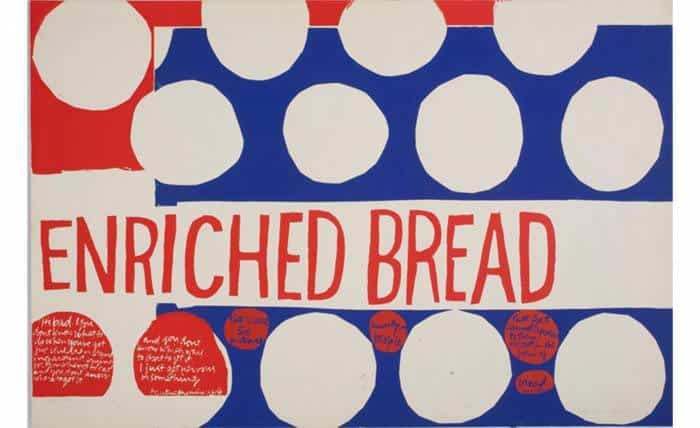
Back in grade school PE class the coach would, on occasion, have the students sit together on the gymnasium floor for a short lecture. One of those lectures I have thought about periodically in the years since. It is the lecture in which the coach described the enriched bread scam.
When you see bread labeled “Enriched” on a grocery store shelf you probably think it is improved over other bread, the coach said that day in the gym. But, he explained, the truth is the bread is inferior. Much of the nutritious part of the bread had been taken out or was never there, and then some lesser nutrition was added. The bread is now “Enriched,” but, in reality, it is less nutritious than other bread.
Calling the bread enriched, the coach said, was like saying you had been enriched by a robber who took all your money and then gave some of it back.
I was lucky to hear about the enriched bread scam so early. It is not often mentioned in schooling or media. Here is a brief discussion of it in a September 14, 2021 article by Jennifer Cook at Consumer Reports:
Grains have three parts: the endosperm, bran, and germ. White flour is made just from the endosperm, while whole wheat contains all three parts. And many of a grain’s nutrients are in the latter two components.
White bread does offer some protein, and most commercial loaves are made from flour enriched with B vitamins and iron. Bread that’s primarily whole grain, however, has a lot more going for it. In addition to B vitamins and iron, it supplies vitamin E, minerals such as zinc and magnesium, flavonoids and other antioxidants, protein, and fiber.
Being aware of the enriched bread scam is helpful far beyond in grocery shopping, I soon figured out. Marketing the inferior and the downgraded as superior and upgraded is a scam companies and governments routinely use to mislead people. Seeing though the scam can be helpful for advancing wellbeing and liberty.

